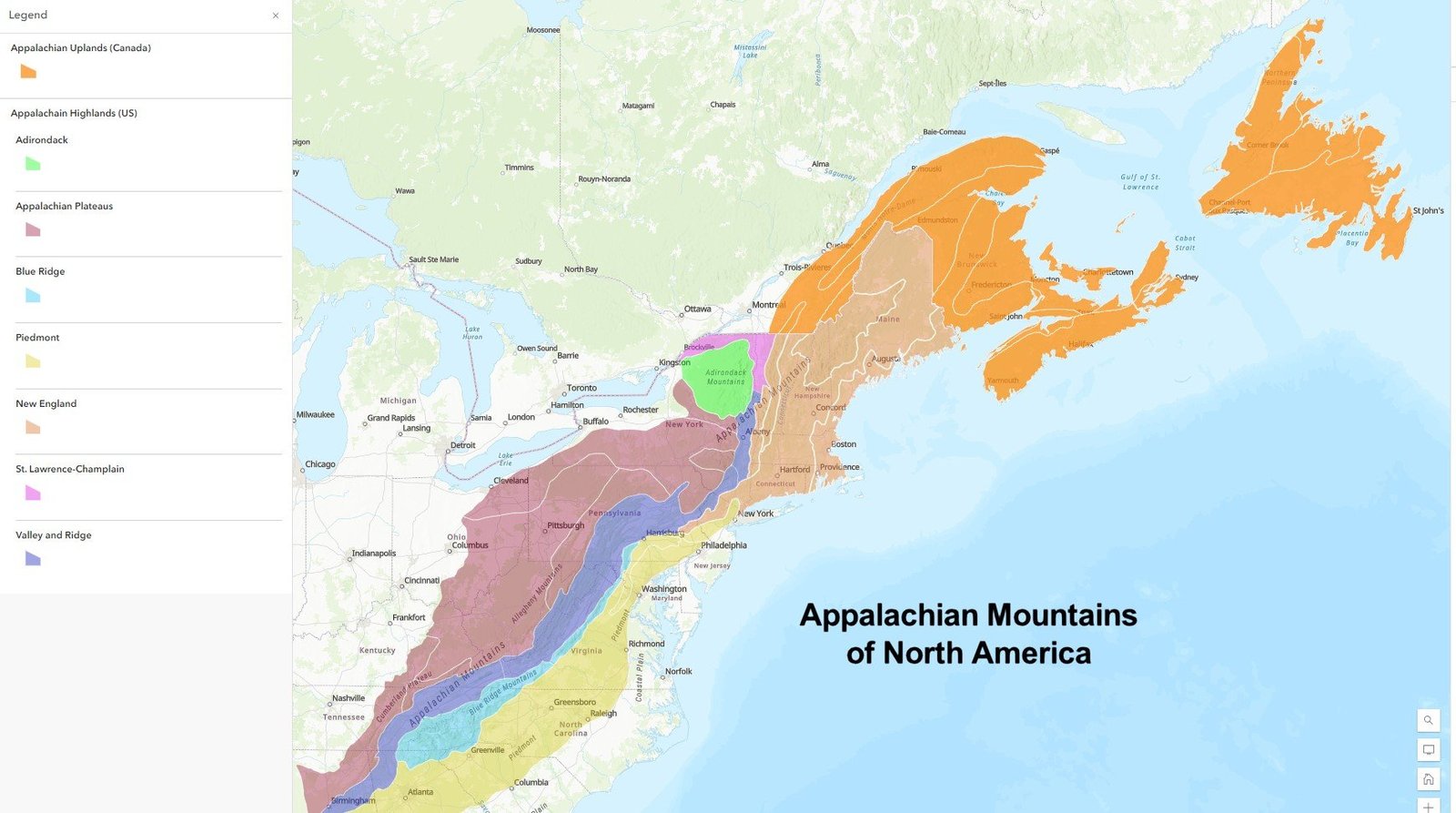Embarking on a southbound Appalachian Trail thru-hike is an epic journey spanning approximately 2,190 miles from Maine to Georgia. This comprehensive itinerary provides a strategic roadmap for hikers, covering critical aspects of planning, navigation, and survival across diverse terrains, seasonal challenges, and remote wilderness sections.
What is the Recommended Starting Point for a Southbound Thru-Hike?

The southbound journey begins at Mount Katahdin in Baxter State Park, Maine – a challenging starting point that demands careful preparation and physical conditioning. Hikers typically start between late June and early July, allowing for optimal weather conditions and trail accessibility.
Daily Mileage and Progression
| Trail Segment | Daily Miles | Key Challenges | Duration |
|---|---|---|---|
| Maine (100 Mile Wilderness) | 10-15 | Remote terrain, stream crossings | 10-14 days |
| New Hampshire/Vermont | 15-20 | Mountainous terrain, potential weather variations | 15-20 days |
| Mid-Atlantic States | 20-25 | Varied terrain, summer heat | 20-30 days |
| Virginia to Georgia | 15-20 | Elevation changes, potential early winter conditions | 30-45 days |
How Should Hikers Prepare for Different Trail Sections?

Maine: The Ultimate Wilderness Challenge
- Initial Days: Start with conservative 10-mile days
- Essential Preparations:
- Carry 7-10 days of food supplies
- Waterproof critical gear
- Practice stream crossing techniques
- Prepare for minimal communication zones
New England Transition
- Navigate through Green and White Mountains
- Expect challenging terrain and potential weather shifts
- Plan for frequent gear maintenance and potential resupply points
What Are Critical Resupply Strategies?
Key Resupply Locations
- Monson, ME: First major resupply after 100 Mile Wilderness
- Hanover, NH: College town with comprehensive amenities
- Harpers Ferry, WV: Strategic midpoint with multiple resources
- Fontana Dam, NC: Critical point before Great Smoky Mountains
Resupply Recommendations
- Use combination of mail drops and local grocery stores
- Plan for 5-7 days of food between major resupply points
- Consider lightweight, calorie-dense food options
- Maintain flexible shipping addresses for mail drops
What Weather and Terrain Challenges Should Hikers Anticipate?
Seasonal Progression
- June-July: High humidity, potential insect challenges
- August-September: Peak hiking conditions
- October-November: Cooling temperatures, potential early snow
Terrain Complexity
- Elevation changes from sea level to 6,000+ feet
- Diverse landscapes including:
- Dense forests
- Rocky mountain passes
- Alpine environments
- River valleys
How Long Does a Complete Southbound Thru-Hike Take?
A typical southbound thru-hike requires approximately 105-130 days, depending on individual pace, physical condition, and unexpected challenges. Most hikers complete the journey between late September and early December.
Recommended Physical Preparation
- Build cardiovascular endurance
- Practice with weighted backpack
- Complete multi-day hiking experiences
- Develop basic wilderness survival skills
Essential Gear Recommendations
Mandatory Equipment
- Lightweight, waterproof tent
- High-quality sleeping bag (rated for 20°F)
- Water filtration system
- GPS device with extra batteries
- First aid kit
- Emergency communication device
Final Considerations
Successful Appalachian Trail thru-hikes require meticulous planning, mental resilience, and adaptability. While this itinerary provides a comprehensive framework, individual experiences will vary based on personal capabilities and trail conditions.
Reference:
– Appalachian Trail Conservancy
– National Park Service – Appalachian Trail
– Appalachian Trail Guide

